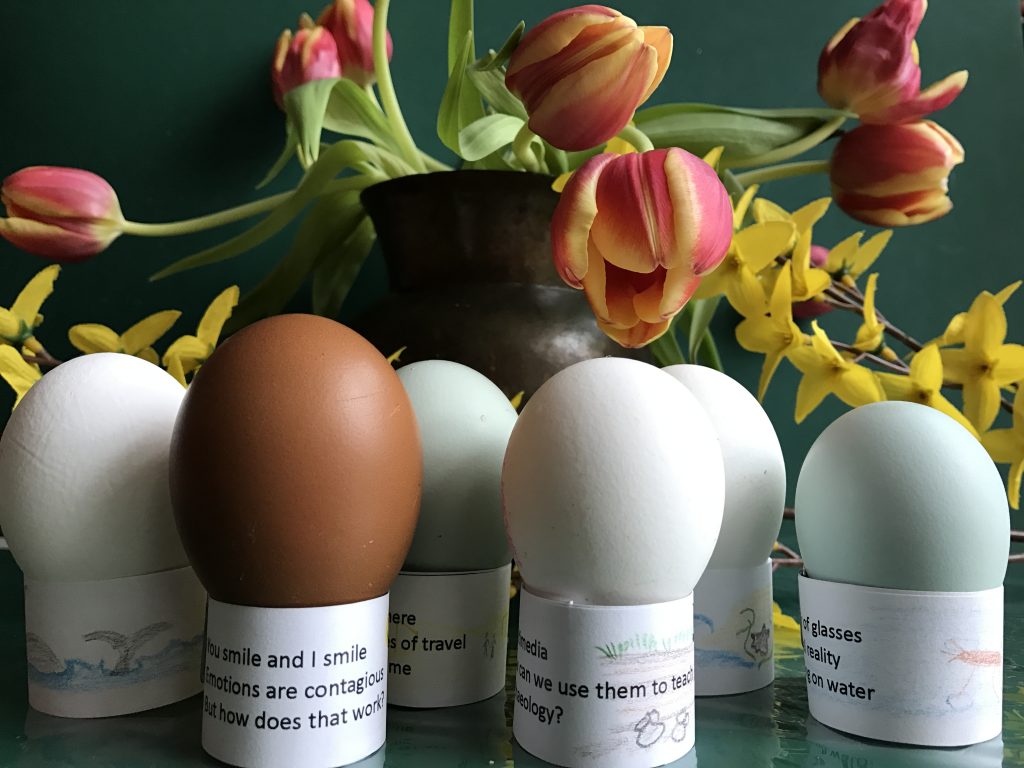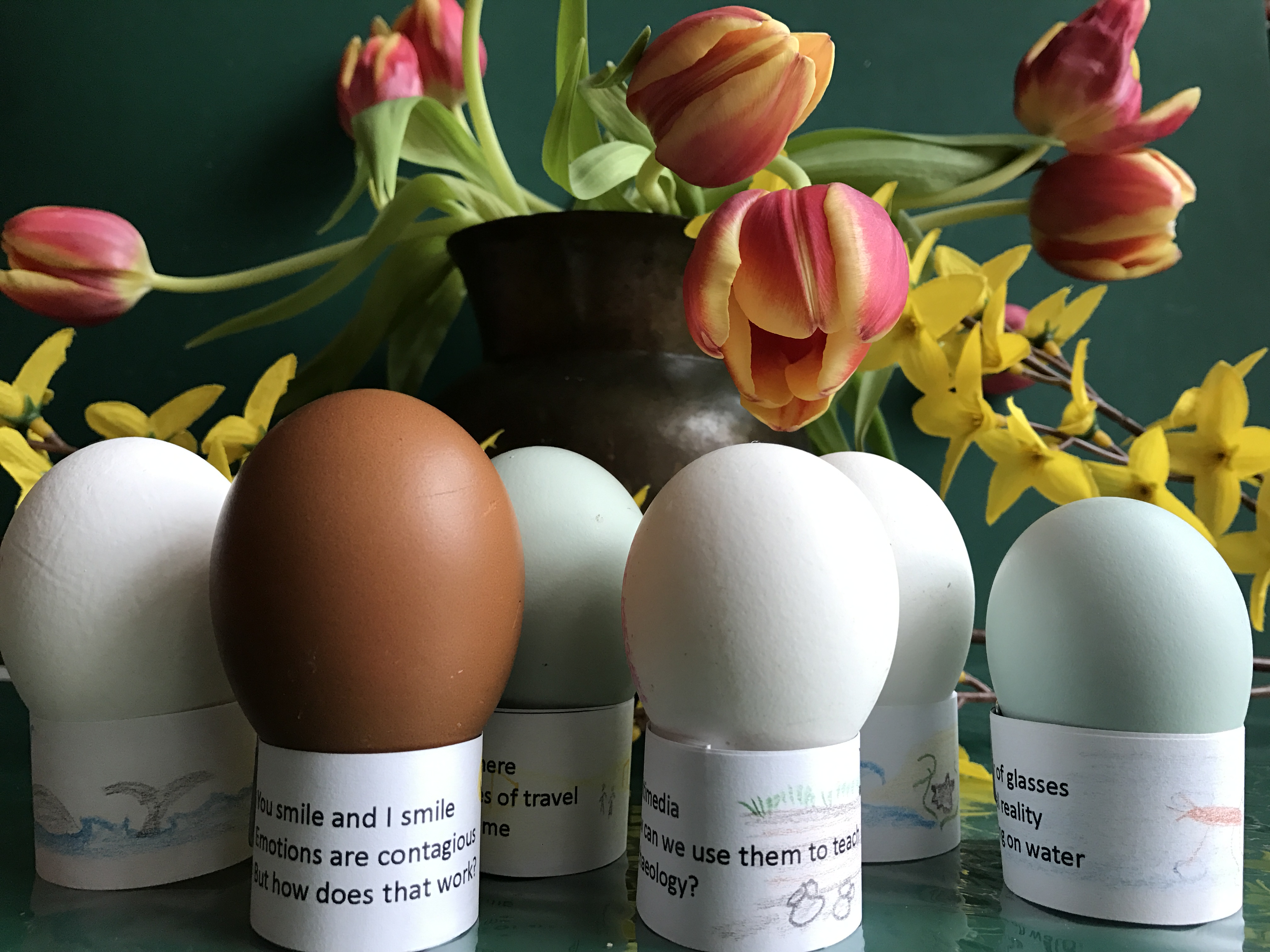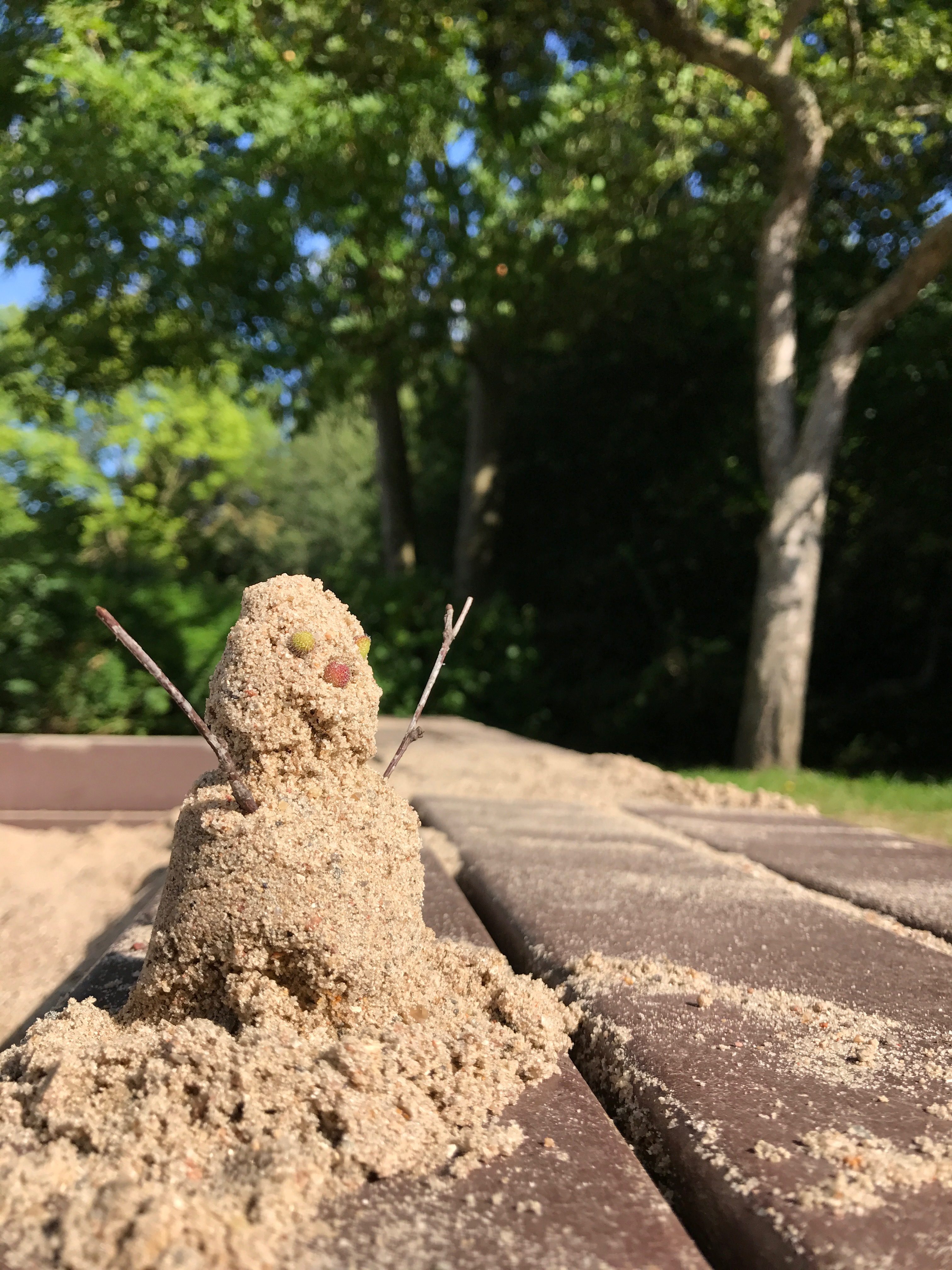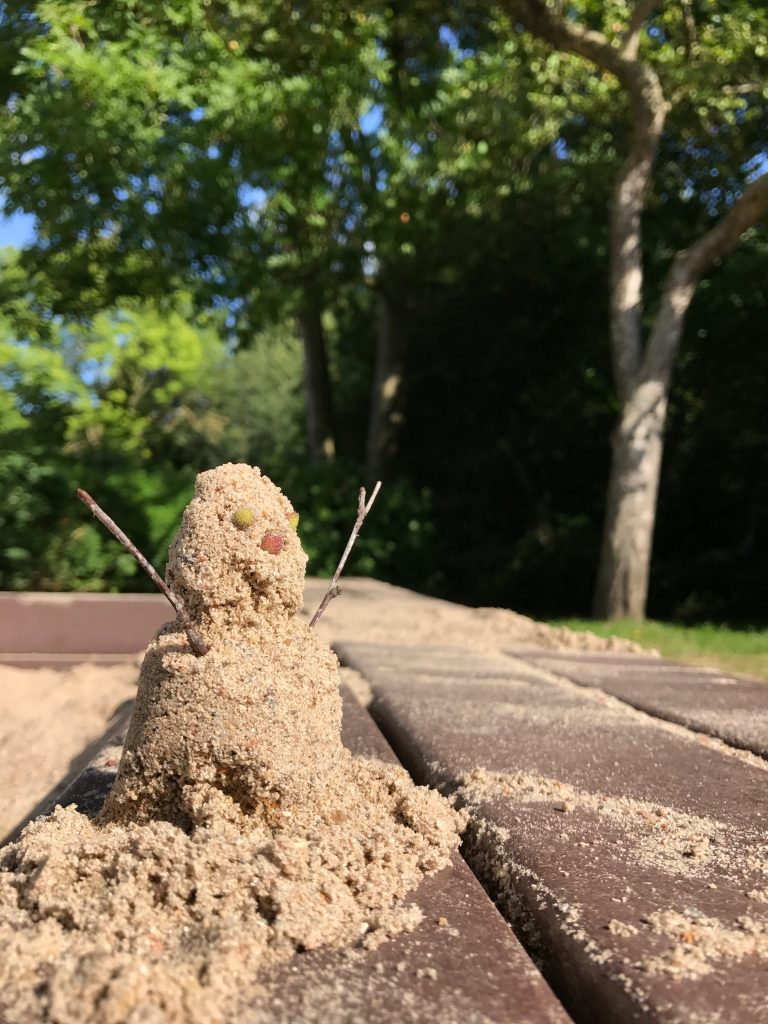It’s been a little while in the making, but now it’s official and I invite you to join our #scicommchall!
#SciCommChall is a science communicator community-based challenge with the goal to experiment with different science communication formats in reaction to monthly prompts. The aim is to non-competitively inspire each other to come up with fun ideas, some of which might be taken further and become part of our science communication portfolio.
The April-challenge is currently active, so now is as good a time to join as any!
The website https://scicommchall.org, email address scicommchall@gmail.com, and social media (Twitter @scicommchall, Instagram @scicommchall, Facebook page https://www.facebook.com/scicommchall/) are all up and running, so pick your favourite mode of interaction and don’t be a stranger! And I would love for you to share #SciCommChall with your networks if you like the idea :-)
Below you see my personal interpretation of the March challenge (“Show us how you would sneak some science communication into a Brunch with your family and friends!”): As an Easter gift to my colleagues, I wrote Haikus about their research projects in KiSOC. Those little poems are on the outside of egg cups, on the inside I hid little explanations about the research projects. Check out other interpretations of that challenge on our website or social media! And join us for future challenges! :-)




